Better emails typically translate to better conversion rates.
It really can be that simple.
But there are billions of emails sent every day.
So if your email never gets opened and is lost in the sea of unread mail, it’s missing the mark.
People won’t ever realize what you have to offer if they never see your stuff.
But what’s the sweet spot for the number of emails you should be sending each month?
That’s a tough question to answer.
If you send too many, you’ll annoy customers to the point of unsubscribing. However, if you don’t send enough, you won’t get on their radar.
Fortunately, there are a few quick rules of thumb you can use to increase your odds of success.
Here’s how to save your dying email open rates before it’s too late:
Step 1. Are you sending enough emails?
We all want to know the perfect number of emails to send each month.
Each industry is a little different. You might be able to send daily emails if you work in certain industries. Meanwhile, sending emails just twice a month could fly in another industry.
One tool to quickly figure this out is HubSpot’s Email Open Rate Benchmark Tool.
Simply put in your current email open rate and select your industry to see how you compare with the rest of your competition.
So at what point does email become ‘too much?’
HubSpot found that companies that sent over 30 campaigns per month saw lower email open and click rates.
Campaigns were defined as targeted, individual emails sent to a portion of the companies’ databases. This wasn’t a generic email blast to everyone.
What was the sweet spot that they found?
Sixteen to thirty email messages a month seemed to generate the best response.
That might seem like a lot on the surface. However, it makes sense when you think about it.
You’re competing with hundreds and thousands of other people to hit your prospect’s inbox.
Of course, your content needs to be awesome. But people need to expect to see it, too.
That only happens if you’re consistently following up and landing in their inboxes on a regular basis.
Companies that send 16-30 emails per month see 2X greater clickthrough rates than companies that send fewer than two emails.
Here’s what HubSpot’s findings look like:
When you hit the 16-30 range, you can start to see a median open rate of 32.4% and click rate of 6.5%.
Let’s find out what other tips and tricks can improve on these numbers.
Step 2. Always keep your emails short
Over the past few years, open and click rates have remained steady.
That’s despite the volume onslaught email is facing.
Email performance on desktop devices might be slipping, but mobile performance is picking up the slack.
And that’s why short and to-the-point messages work wonders.
Short subject lines fit perfectly on a mobile screen. They force companies to be brief.
The good news is that brevity can also create intrigue. Look at this example from SUITSUPPLY:
This doesn’t look like a classic marketing subject line.
There’s no hyperbole or attention-grabbing statements.
Instead, it uses a vague phrase to catch your eye. It sounds like it’s from a friend at first glance instead of a company.
People are checking email on their phones first.
Consequently, your subject line needs to be written for mobile-first.
Take a look at this Barnes & Noble example:
See how long that is?
That subject line would work fine on a desktop device. However, it would most likely be cut off on a small mobile screen.
Now compare that to this example from TripAdvisor.
You’ll see that it resembles the first one we just saw. It’s simple and brief.
It also sounds like a friend was asking about your trip.
You’re not trying to trick people into opening your emails. You’re just trying to adapt your approach to what people are scanning for on their mobile devices.
Step 3. Focus on value — not promotions
MailChimp analyzed 40 million emails and found that the subject line can have a direct impact on how many people read your email.
Some subject lines drove open rates up to 87%, while others dropped open rates down into the single digits.
Interestingly, they found that some formulas kept working. Except they probably aren’t the formulas you’re thinking of.
None of the classic marketing-style subject lines worked that well. Instead, the best performers usually employed mundane phrases like “Company Newsletter.”
Here’s a perfect example from Free Biz Mag:
You wouldn’t expect something so basic as this to work well. But apparently, it does!
The value and consistency of this messaging end up paying dividends when customers have a chance to get to know you over time.
Their data also showed that heavy promotional subject lines usually backfired.
Here’s an example from Shutterfly:
Here’s what we can learn from this.
People like to read real emails that are both sent real people and crafted by real people.
They don’t want to feel like they’re constantly harassed or beaten over the head with promotions.
Instead, people care about your industry insights and what benefits they’ll receive from opening your email — besides another discount code, that is.
One of the best ways to do this is by using personal words like “I,” “you,” and “we.”
Hillary Clinton’s 2016 presidential campaign used these three words in almost every email they sent.
Regardless of our political beliefs, we can all learn something from this.
She builds trust and actually talks with you, not at you.
Step 4. Use specific numbers to focus attention
Using numbers allows you to hit almost all of these open-rate tricks with one stone.
For example, check out this one from PostMates:
There’s a lot going on here, so let’s break it all down.
First, they’re offering you $100. Just like that!
Second, they’re saying there’s only “one day left.” That deadline creates urgency to get you to act.
Third, they’re following it up with the simple but effective warning: “It’s your last chance.”
Notice the use of “your” to personalize this statement.
You, personally, might be losing out on something if you don’t act fast.
Here’s the same tactic from a different channel.
AdEspresso is using numbers in a Facebook ad to grab your attention immediately.
This one does two things particularly well:
- The “70%” research-backed statistic adds credibility to their claim.
- And the negative messaging — “… aren’t reaching your followers” — cuts through the clutter.
Negative messaging focuses on what’s going to happen to people. Or it talks about what already has happened to them.
And it’s one of the best ways to grab instant attention.
Those two examples above have another thing in common.
They’re both using odd numbers. “One day left” and “70%.”
Interestingly, studies have shown that odd numbers tend to outperform even ones.
Here’s another perfect example from Ramit Sethi:
This one ticks many of the boxes we’ve seen so far.
It’s short! It uses lower case and informal language so that it appears like it’s from a friend.
And it uses a number to stand out among all the other stuff in your inbox.
Step 5. Always use a CTA of some sort
Journalists are required to find each story’s who, what, when, where, why, and how before going to publish.
We’re going to set that same standard for our emails.
Each email you send should answer these questions.
Otherwise, it’s easy for your recipients to not understand what’s going on or why they should click.
Adding this level of context implies a call to action.
For example, let’s say we’re about to write a new email to somebody. So we open up our email marketing tool and start typing out a few lines to hit these basic ingredients.
The opening explains the problem or issue that’s triggering your email.
Then the next section starts to expand on the reason you’re reaching out to them.
It answers the nagging question in the back of your subscribers’ minds. They’re thinking, “What’s in this for me?”
The CTA is how they get whatever value you’re promising. In this case, it’s a giant button.
However, it can also be as simple as a text link so you can make sure that it will work across mobile devices.
The point is to get your message across fast. Here’s why I’m emailing you and here’s what you can get.
Step 6. Ask questions to build trust
Questions spark our curiosity.
They open the door to a new, interesting subject just enough to catch our attention.
However, then they pull back without answering the question.
This strategy creates a “curiosity gap” that teases our brains until we finally figure out what it’s talking about.
Think of this like a digital cliffhanger you’d find at the end of your favorite mystery novel.
Here’s how Pinterest does it:
The smart thing about this Pinterest example is that it’s probably a rhetorical question.
Why are they sending you something about home decor?
Well, you were probably just looking at home decor pins on their website.
Marketing automation FTW!
This isn’t an accident. They’re referencing your past behavior so that it now seems like they’re ‘reading your mind’ with this campaign.
Another tactic is to go with something that takes inspiration from the click-bait route.
For example, check out what Wyndham Rewards does in this email:
Admittedly, this Wyndham subject line is slightly gimmicky.
But who wouldn’t want to pay just $34 for a hotel room?
That price is almost too good to be true.
So that’s exactly why you’re going to click to find out whether it is true or not.
You almost can’t help yourself. You at least have to open the email to see what the catch is.
A final tip revolves around ‘hot topics’ that people are already sensitive about.
For example, you’d probably want to steer clear of politics or religion.
But privacy is a perfect example! Every day, you read a new article about how “the government’s spying on you” or something similar.
That’s exactly what Zapier does well in this next example.
They know that you’re already a little spooked about who might be listening or watching you.
This subject line references something that’s already in the back of your mind.
You once again have no choice but to click and find out what they mean.
Step 7. Avoid spamming with powerful words
“Winner winner chicken dinner!”
What does that subject line make you think?
Does it sound kind of bogus?
You wouldn’t be surprised it if was instantly picked up by spam filters. Gmail might automatically flag it and pull it out of your inbox forever.
Using words that sound too much like spam or click bait can be dangerous.
If your emails start getting sent to your recipients’ spam folder, you can flush open rates down the drain.
For example, here’s a recent one that was sent to my spam folder.
Here’s the crazy thing about this email.
I signed up to be notified about this conference!
So I want to receive these emails. And yet, it’s bypassing my inbox for the spam folder because it uses pushy, salesy words.
Here’s another one from Credit Sesame:
Once again, it’s a legitimate email.
The company is awesome and the offer they’re leading with is solid.
However, the language it uses is throwing up red flags.
Personal finance, in general, is a hot topic with many email service providers.
For example, check out this long list of words that will send you to the spam folder:
And this is just the first of three different categories in financial services.
Crazy, right?!
Optimizing emails to drive up open rates and clicks can be a delicate balancing act.
On the one hand, you want to use evocative language that will get people to sit up and take notice.
However, you need to be extremely careful not to get sent straight to the spam folder.
This is a huge risk to take with valuable clients and leads on the line.
Fortunately, there are a few tricks you can use to avoid these issues.
The first is that context matters.
For example, the word “free” is usually frowned upon in email marketing.
But it also depends on how you’re using “free” in the email itself.
Your “free consultation” follow-up email might be OK. In that sense, you’re not spamming anybody or sending overzealous emails.
Now, “free 50-inch TV” might get you in trouble.
It’s starting to sound like you’re giving away a “free iPad” to get someone’s personal information. You know those promotions I’m talking about.
So how do you get the same point across without using possible spam-filter words that might sabotage your initial delivery?
Drive urgency instead!
MailChimp found that words like “breaking” or “important” can increase urgency all on their own:
You can also drive action using power words that tap into our primal instincts and desires.
Rather than going over the top, power words should get people’s attention fast with strong, provocative language.
Let’s look at an example:
The average open and click rates for the Marketing industry are 18% and 2.5% respectively.
Now, here’s how to turn those rates into explosive growth:
“Why SERP Rankings are Useless”
That last word, “useless,” is vivid.
It’s bold and evocative. The entire subject line is also somewhat contrarian.
You’re used to SERP rankings being important and helpful. However, this subject line is flipping that on its head.
Buffer put together an excellent analysis on some of the most popular power words.
Each of these words conveys something special to the reader.
For example, words like “new,” “announcing,” “suddenly,” instantly,” “now,” and “introducing,” all convey the same thing.
Basically, they’re saying that things have changed.
You might have seen how things used to be. You might be familiar with the previous status quo.
But now there’s a better, faster, less-expensive option out there that you need to see to believe.
They can all walk that fine line of appearing like click bait.
However, the best part is that they won’t land your emails in the spam folder.
Conclusion
You have to stand out today for anyone to care. That’s especially true with more emails flying into inboxes than ever before.
Typically, “standing out” means going against the grain. You have to do the opposite of the normal, bland headlines you see every day in your inbox.
You might have really great content and graphics in the body of your email.
But it will never see the light of day if the reader doesn’t make it past your predictable headline.
Before you send out an email, reread the headline and ask yourself if you would open it.
You can start by sending emails more frequently so that people expect to see you in their inboxes.
Next, you can use short, casual language to appear as if you’re someone’s friend. These will fit right in as people are opening emails on their mobile device.
Then up the ante with unexpected questions or eye-catching numbers.
Don’t be too “markety” or forget to add a call-to-action, so people know exactly why you’re emailing them.
And, last but not least, avoid the notorious words that flag spam filters.
Instead, you can use power words to get people to act immediately.
Hint that things have changed and that the only way your subscribers can see how much better life will be is to read your email.
What’s the best trick you use to increase the number of people opening your emails?



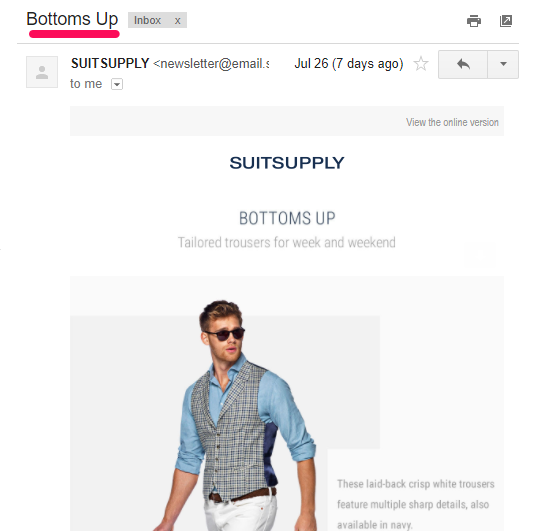




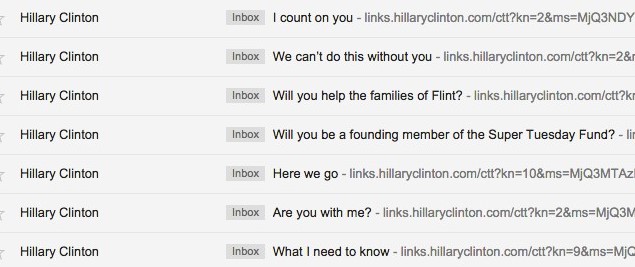
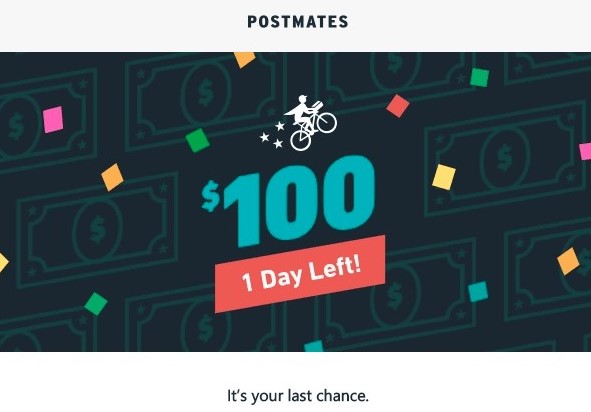
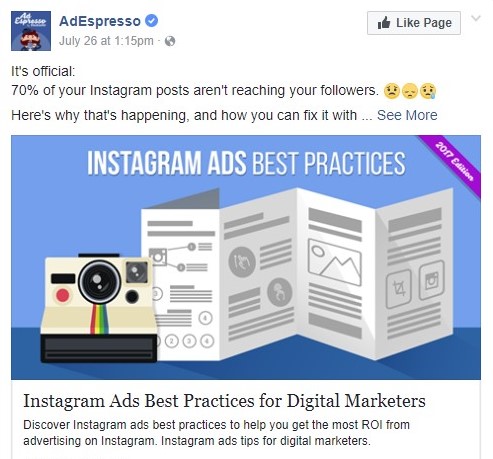









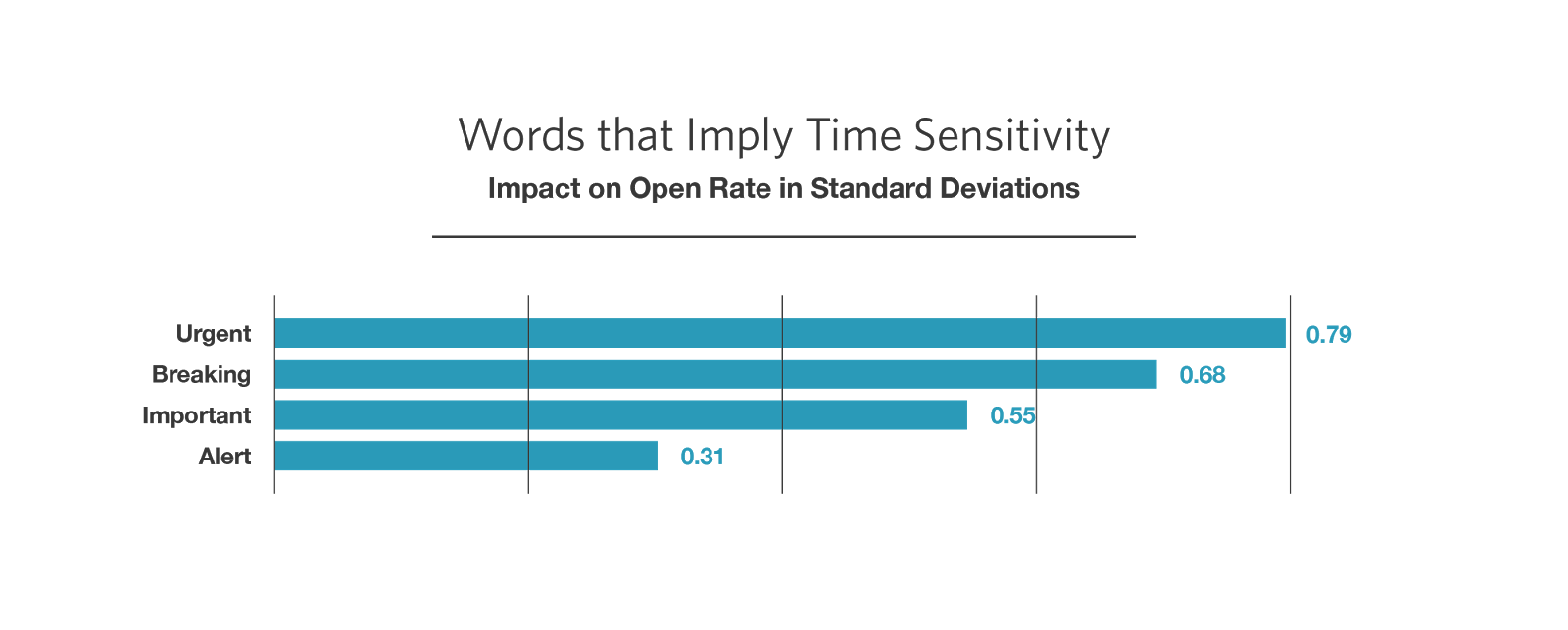
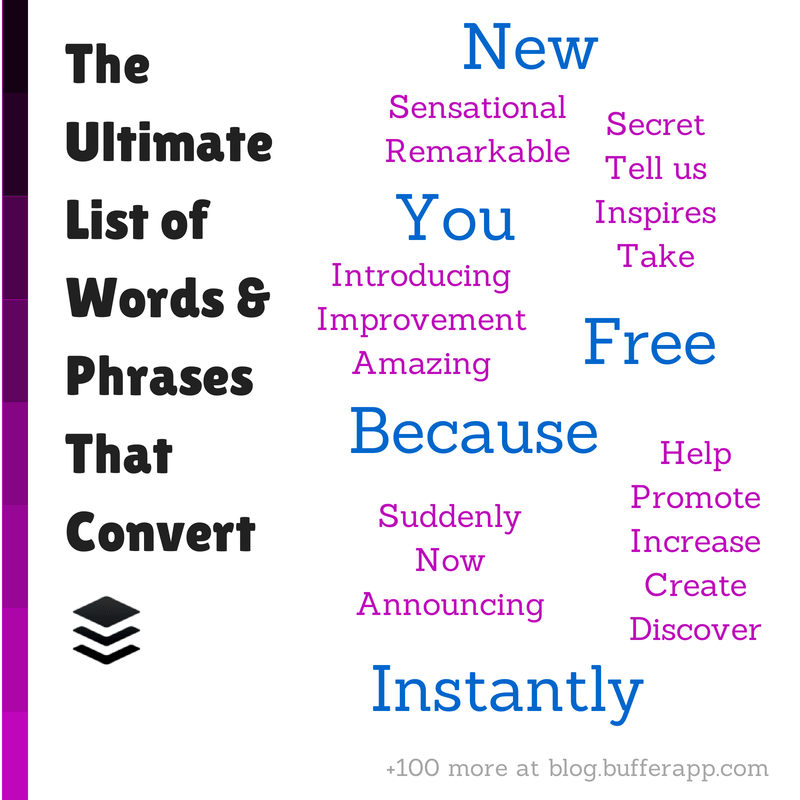
Comments (2)